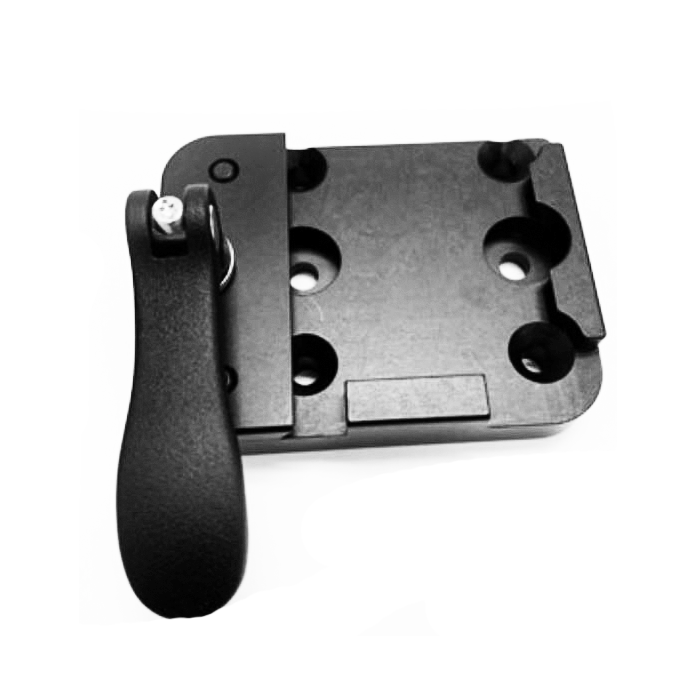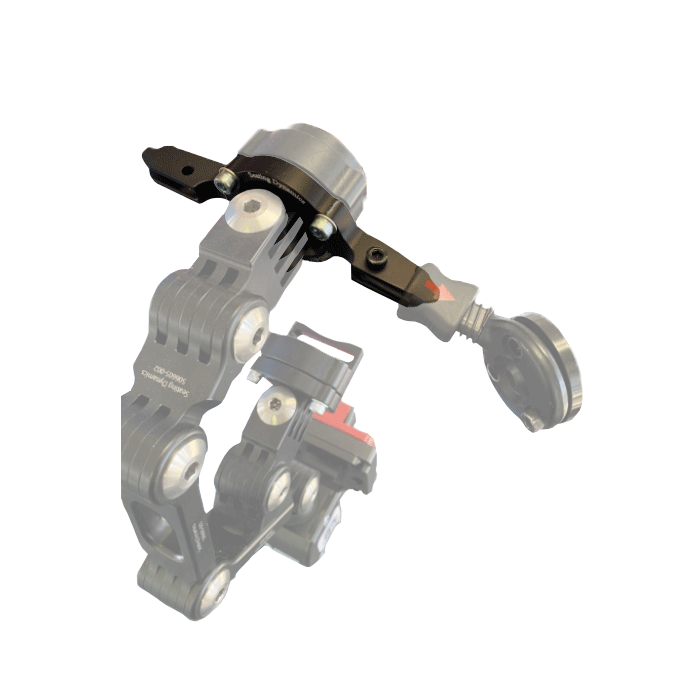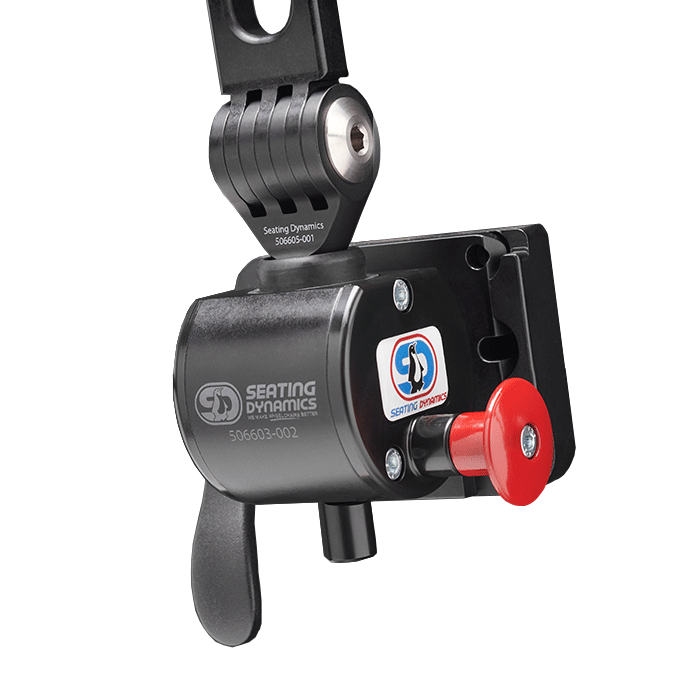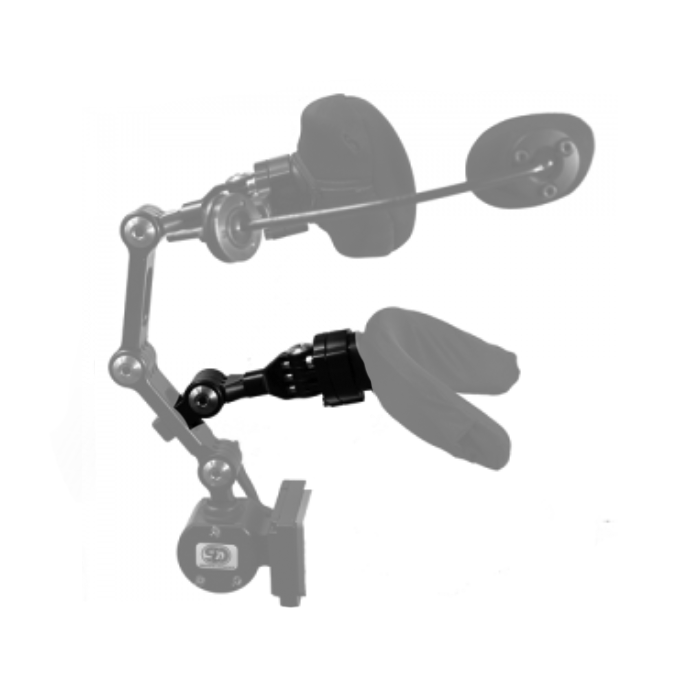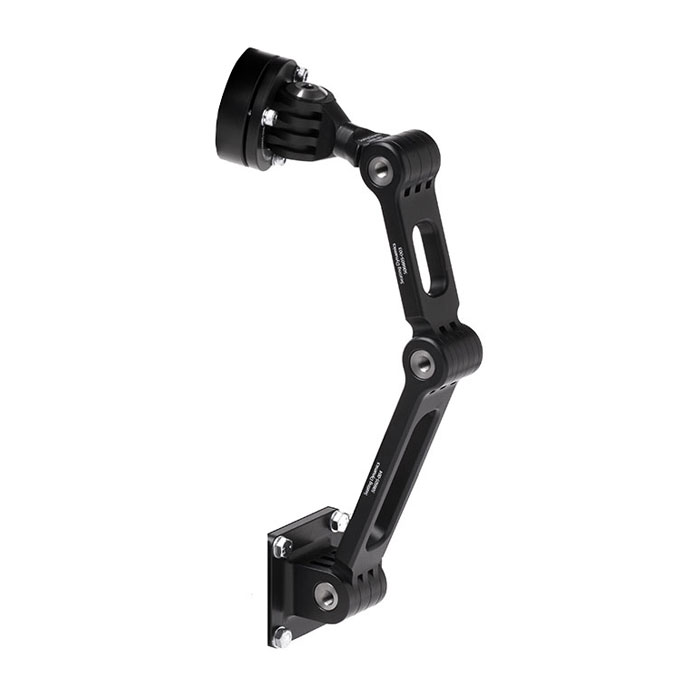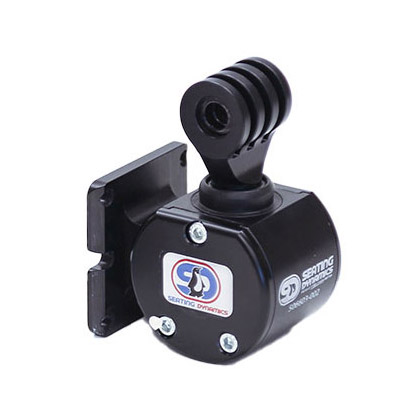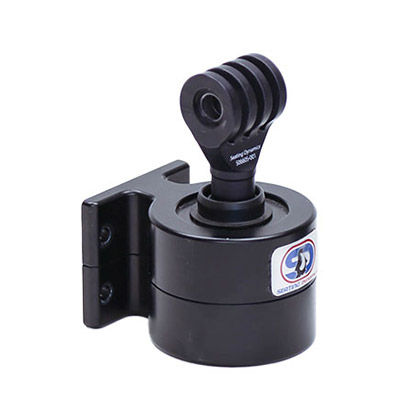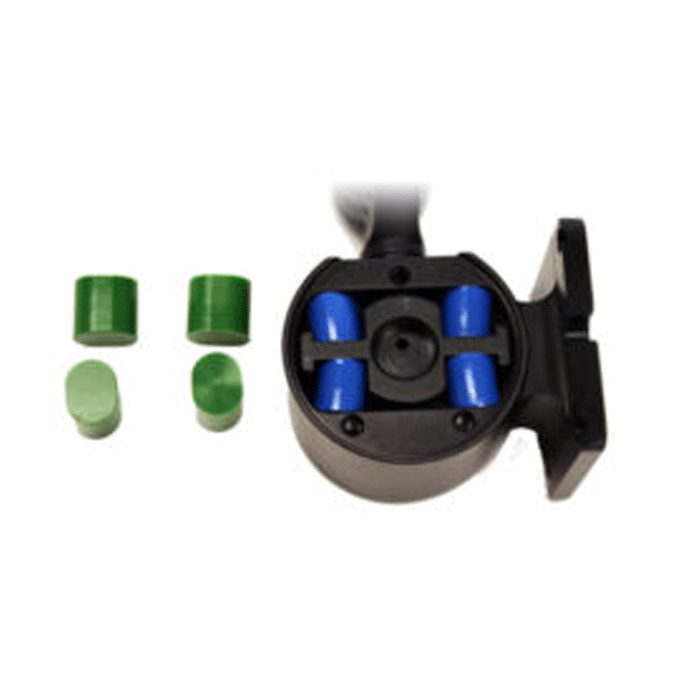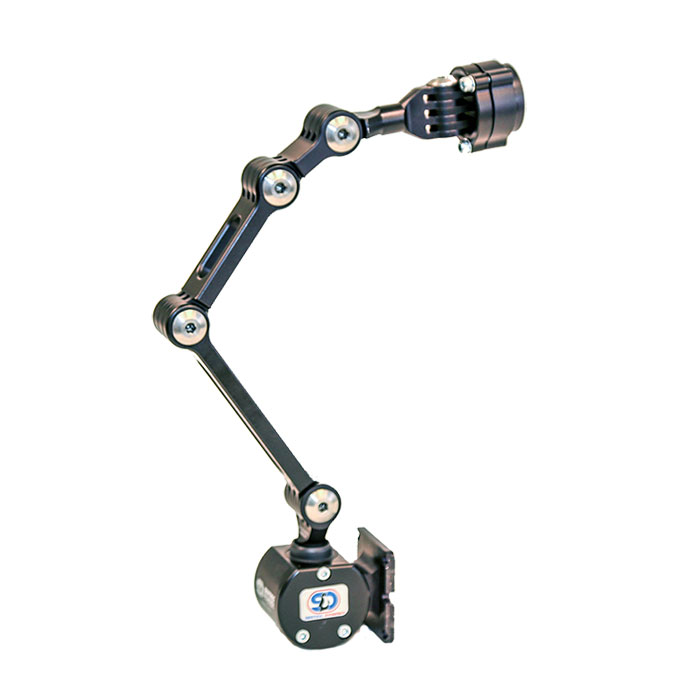Dynamic Seating at the Pelvis
Alex – keep those wheels on the floor!
In this blog, we shall explore solutions for clients whose strong movements are actually lifting the casters right off the floor.
Continue ReadingCanadian Seating and Mobility Conference: Providing Movement for Clinical Benefit
This course will define dynamic seating, as well as the clinical benefits of this intervention. A variety of product options and features will be reviewed to better match these features to a specific client’s needs.
Continue ReadingAlpine Rehab Conference: Muscle Tone, Tone, Management and Dynamic Seating Intervention
This course will explore muscle tone, implications in wheelchair seating, and interventions. We will start with muscle tone definitions, etiology, pathophysiology, movement disorders, and related diagnoses.
Continue ReadingReview of Hip Musculature and Impact of Dynamic Back Design
A whopping 21 muscles cross the hip – and I’m absolutely certain I can’t name them all. These muscles provide movement in 3 planes and provide stability between the femur and acetabulum (the hip joint).
Continue ReadingWheelchair Seating Surfaces, Cushions & Dynamic Seating
Can a Dynamic Back be used with any type of seat? Does the movement allowed by this component limit what seating surface can be used? This is an important consideration. A seat or cushion is typically designed to support the pelvis and provide pressure distribution when the client is in a static position. Dynamic seating gets things moving!
Continue ReadingBread and Butter: Dynamic Backs and Pelvic Positioning Belts
Just like Bread and Butter, Dynamic Backs and Pelvic Positioning Belts go together. Dynamic Backs are designed to allow movement at the pelvis and torso in response to client force and then return the client to a neutral starting position. A key component is the pelvic positioning belt, which is designed to maintain the pelvis in as neutral a position as possible in relation to the seating system. When that seating system moves, the pelvic belt is even more critical in maintaining pelvic position.
Continue ReadingAllowing Movement Of The Pelvis Without Loss Of Position
Dynamic movement can be provided at various areas of the body where movement is possible from a seated posture. The
dynamic component allows movement beyond the usual seated posture, such as into increased trunk extension, and then assists with the client returning to upright. Ideally, the return to upright does not lead to a loss of position, such as a posterior pelvic tilt.
The Dynamic Rocker Back Interface: when should I lock it out?
The Dynamic Rocker Back Interface (DRBi) is a Dynamic Back that moves in response to client force. The elastomers in this Dynamic Back then return the client to an upright position. Some Dynamic Seating components “lock-out” or “latch” to temporarily render the component static. When should the DRBi be locked out?
Continue Reading
